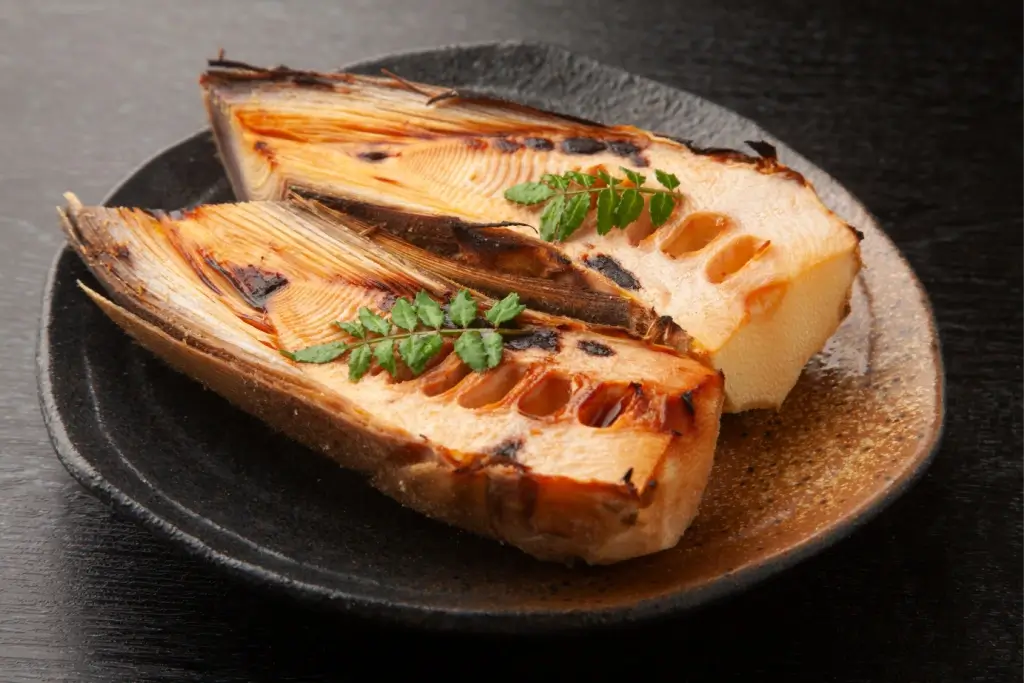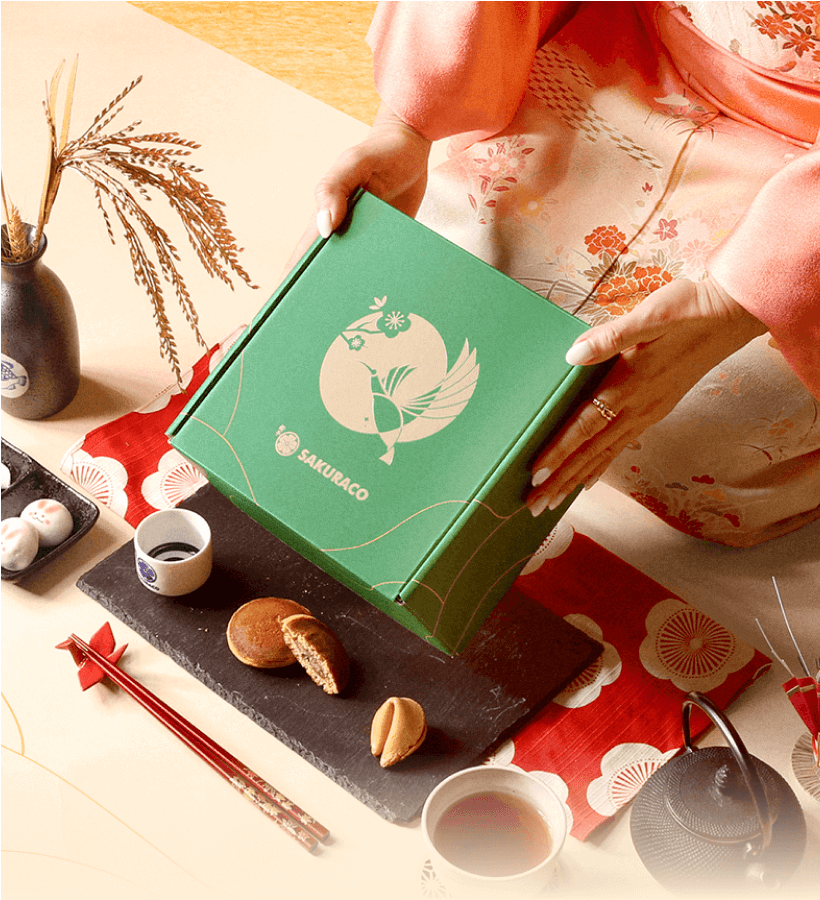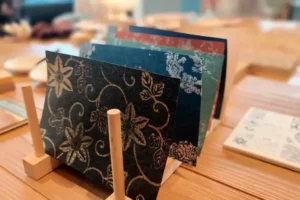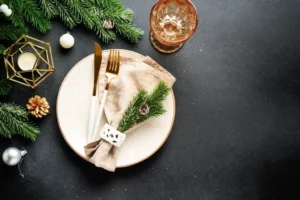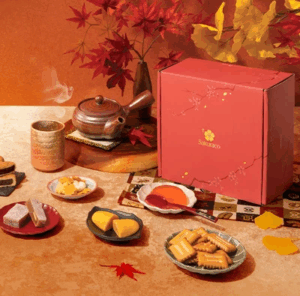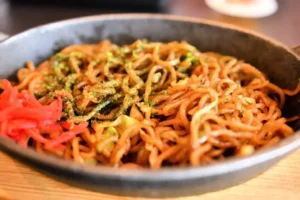Across Japan’s countryside, green bamboo forests fill the hills. In spring, young bamboo shoots, also called takenoko, push through the soil, ready to be picked. These fresh shoots bring a gentle sweetness and crunchy bite to dishes like rice, stews, and salads. They’re low in calories but high in fiber, so they taste and feel good. Let’s look at how bamboo shoots fit into Japanese cooking and why they’re such a beloved ingredient!
Table of Contents
ToggleThe Significance of Bamboo Shoots in Japan
Takenoko are the young, cone-shaped sprouts of the bamboo plant. These shoots peek out from the ground in early spring. Bamboo shoots have a deep connection to Japanese culture. They are seen as signs of strength and growth because they grow quickly and become hard to break, just like people growing up strong.

This plant also appears in Japanese folktales, like The Tale of the Bamboo Cutter, where a glowing takenoko reveals a magical baby girl. Every year, when the takenoko season arrives in April and May, many towns and villages celebrate with festivals, food stalls, and bamboo-themed games. People even go on fun takenoko digging adventures called takenokohori, where families can dig up bamboo shoots from the forest together!
Takenoko is packed with fiber, potassium, vitamin E, and B6, which help with digestion, heart health, and energy. But here’s something important: raw bamboo shoots can taste bitter and might upset your tummy if not cooked properly. That’s why people boil them for a long time or soak them to remove the bitterness and make them safe and yummy.
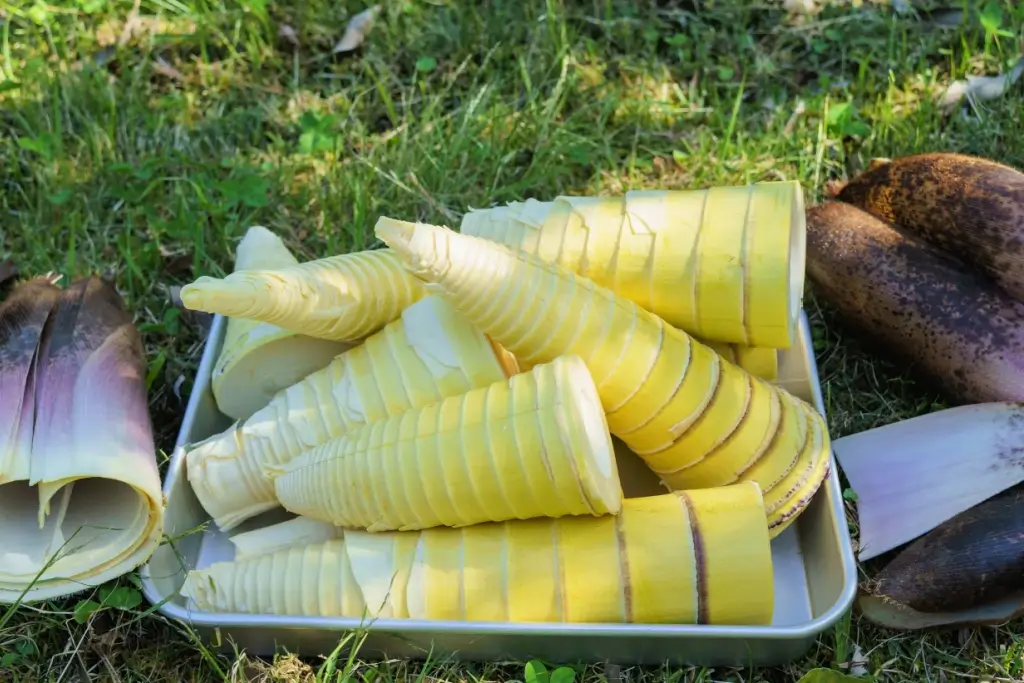
Once they are prepared, bamboo shoots are used in many Japanese dishes! They are crunchy with a slightly sweet and nutty flavor. The texture is firm but not too hard, like a crunchy vegetable. Below are some popular Japanese dishes that use bamboo shoots!
Wakatake-ni
Wakatake-ni is a warm and gentle Japanese dish with bamboo shoots and seaweed. The name comes from waka (young seaweed), take (bamboo), and ni (simmered). Long ago, Japanese people began cooking these two together to celebrate the new season. It became a spring favorite, but now people can eat it anytime thanks to dried wakame and ready-to-eat takenoko.

The bamboo shoots are soft and slightly sweet, while the seaweed adds a light, salty ocean flavor. Together, they make a tasty, healthy combo! This dish feels smooth and chewy, and some people sprinkle dried fish flakes on top to make it even yummier!
Menma

Menma is a fun and unique food made from bamboo shoots! First, the bamboo shoots are boiled, then dried, sliced into thin strips, and left to ferment for a while. This makes them soft, a little chewy, and rich in taste. Menma isn’t crunchy like fresh bamboo shoots; it’s smoother and has a gentle salty taste with a tiny bit of spice. It’s not too strong, so it goes well with other dishes, especially ramen! People also enjoy menma as a little snack.
Are you looking for unique traditional snacks from Kyushu? Check out Sakuraco! Sakuraco delivers traditional Japanese snacks, teas, and sweets from local Japanese makers directly to your door so you can enjoy the latest treats directly from Japan!
Takenoko gohan

Takenoko gohan is a tasty Japanese rice dish made with bamboo shoots. The soft rice soaks up the light flavor of the takenoko, and the pieces stay a little crunchy, which makes each bite fun to eat! Sometimes, soy sauce, dashi (a kind of broth), or even a bit of mirin (a sweet cooking wine) is added to give the rice a comforting taste. This dish is part of a special food tradition where families cook rice with tasty ingredients to enjoy something simple but full of care. It can be eaten warm or cold, and it tastes great!
Takenoko no tosani

Takenoko no tosani is a traditional dish made by gently cooking bamboo shoots in a broth full of flavor. The shoots are soft but still a little crunchy, and they soak up the yummy taste of soy sauce and katsuobushi (smoky dried fish flakes). This dish comes from Kochi, which used to be known as Tosa. Takenoko is the star of this dish, but sometimes people add other veggies, such as burdock root, daikon (Japanese radish), or konnyaku (konjac jelly).
Why should I try these Japanese bamboo shoot dishes?
Trying these Japanese dishes is fun, as you can explore new flavors and learn about a special part of Japanese culture. These dishes aren’t just tasty; they also carry stories, traditions, and care that have been passed down for many years. Furthermore, these dishes show us how creative and thoughtful people can be with food.

Bamboo shoots might seem too harsh or strange to eat initially, but in Japan, cooks have turned them into something special and can be enjoyed in many ways. From smooth simmered dishes to chewy snacks and cozy rice meals, each recipe brings out a new side of this one simple ingredient. So, which bamboo shoot dish would you like to try first? Or have you already tasted one before? Let me know in the comments!

